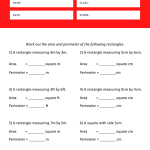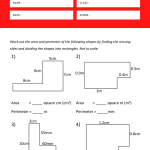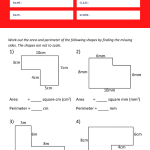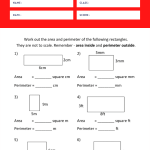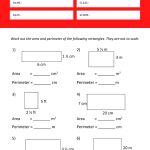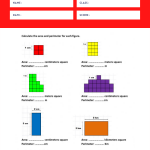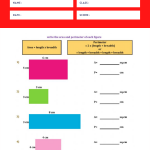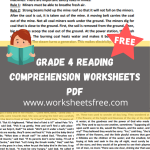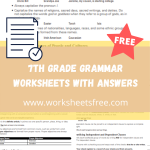For students in the fourth grade, area and perimeter problems are among the toughest topics they will ever encounter. This subject teaches the distributive property, which is useful in solving real-life situations. However, these problems are not always easy to solve. That’s why it’s essential to find a worksheet that has the right amount of practice problems. These can help students become more confident with this subject.
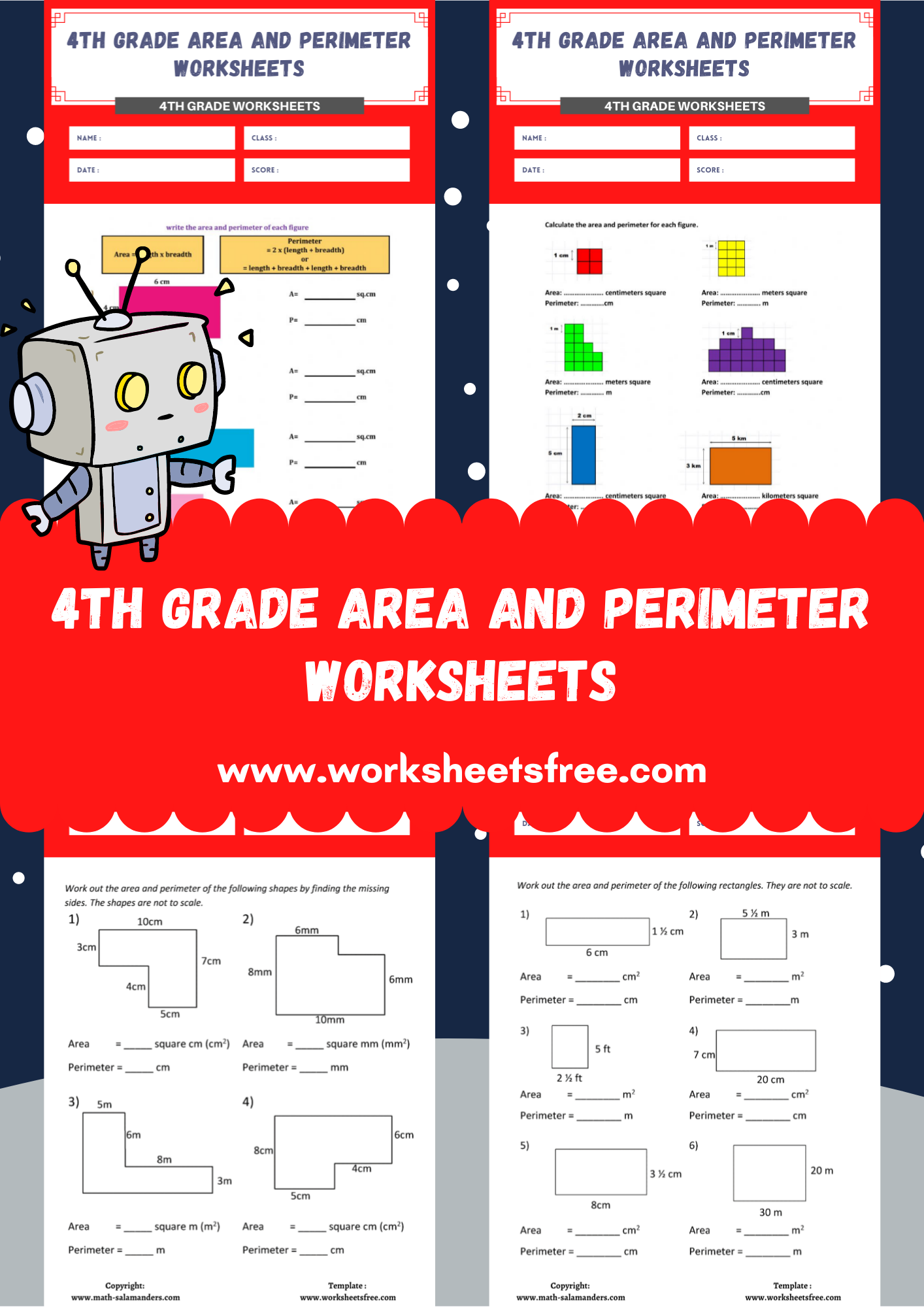
4th Grade Area and Perimeter Worksheets
To start, check out the following worksheets: “Perimeter of a Rectangle” and “Perimeter of a Square” are good options. These questions will get your students to learn about the perimeter of a rectangle. Each problem is based on everyday situations and provides a light-minded exercise. A rectangular’s perimeter is the same as its area, so if a house has a fence around it, the perimeter is the same as the area. A square’s area, on the other hand, is the same as its surface area.
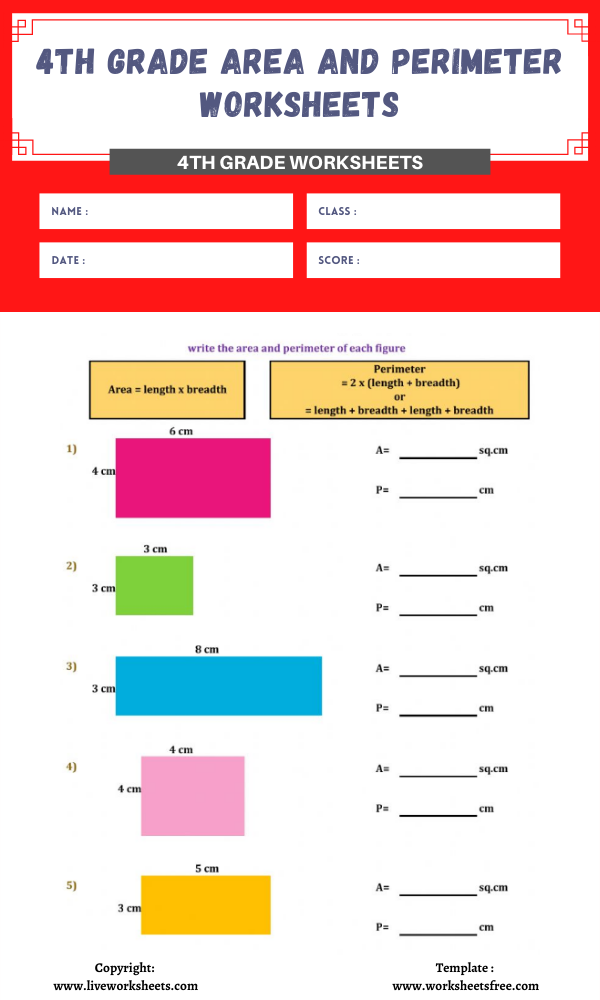
In addition to learning about the area of a circle, students will be introduced to the concept of perimeter. The two are related and often involve situations that are familiar to students. For instance, a student may be asked to determine the perimeter of a house. In that case, the student should draw a diagram of the floor, which represents the perimeter. A third way of illustrating the relationship between area and perimeter is to use a graph.
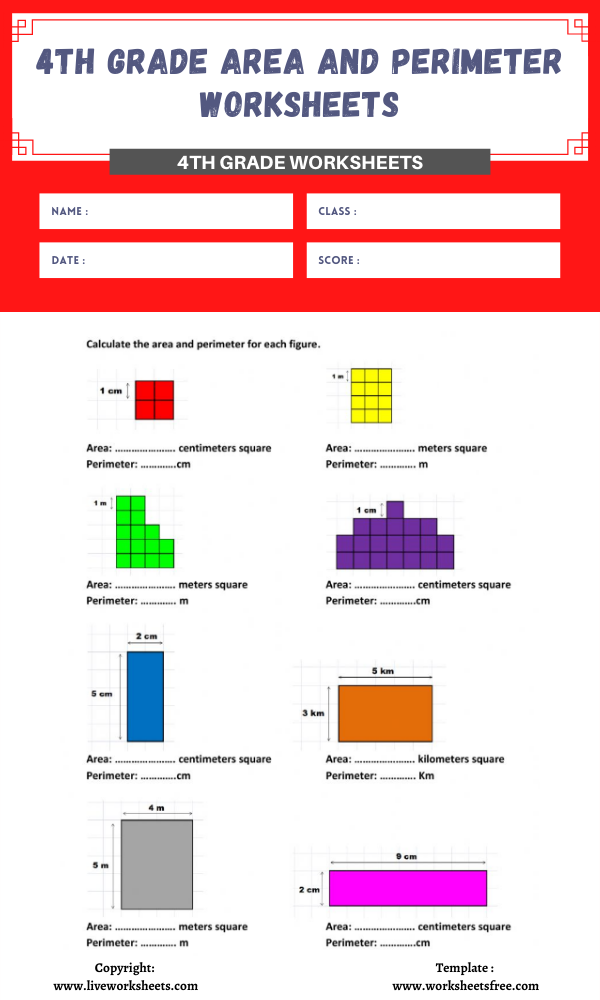
These worksheets are great for learning about the area and perimeter of a square or rectangle. Students can also apply the concepts to real-life situations, like choosing activities for a school carnival. Once they’ve learned about the perimeter, they can then map out the carnival on a graph. This can be an engaging and rewarding experience for students in any grade level. And once they’re comfortable with these topics, they’ll move on to more challenging topics.
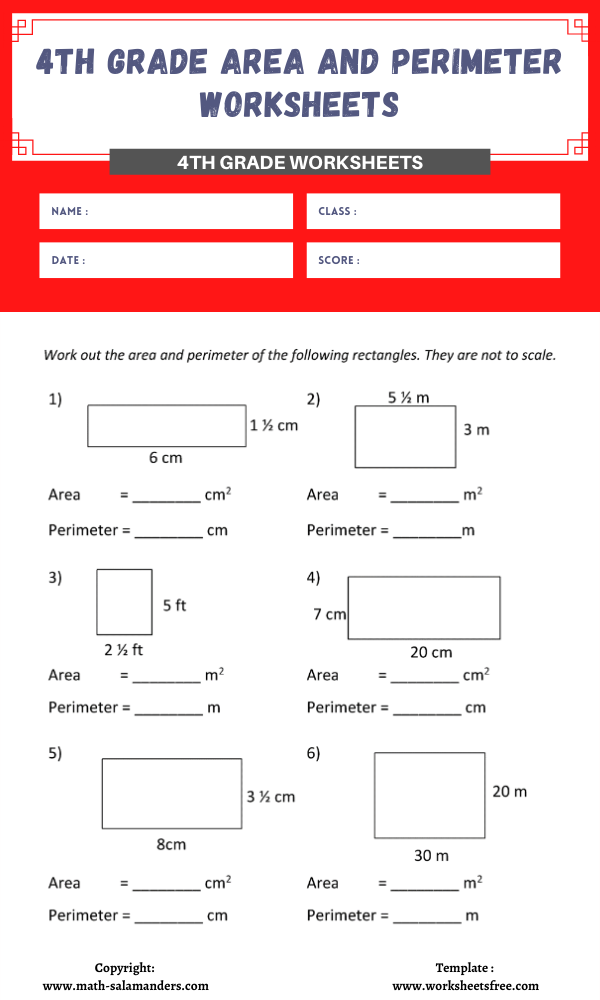
Students can use worksheets that relate area and perimeter in real-life situations. This will help them better understand the concept. They will learn how to measure the area and perimeter of a rectangle. Using the right units, strategies, and tools, students will gain the necessary knowledge to create an accurate area and perimeter in a given situation. Then, they will use the information from the area and perimeter of a rectangle to justify a multiplication formula.
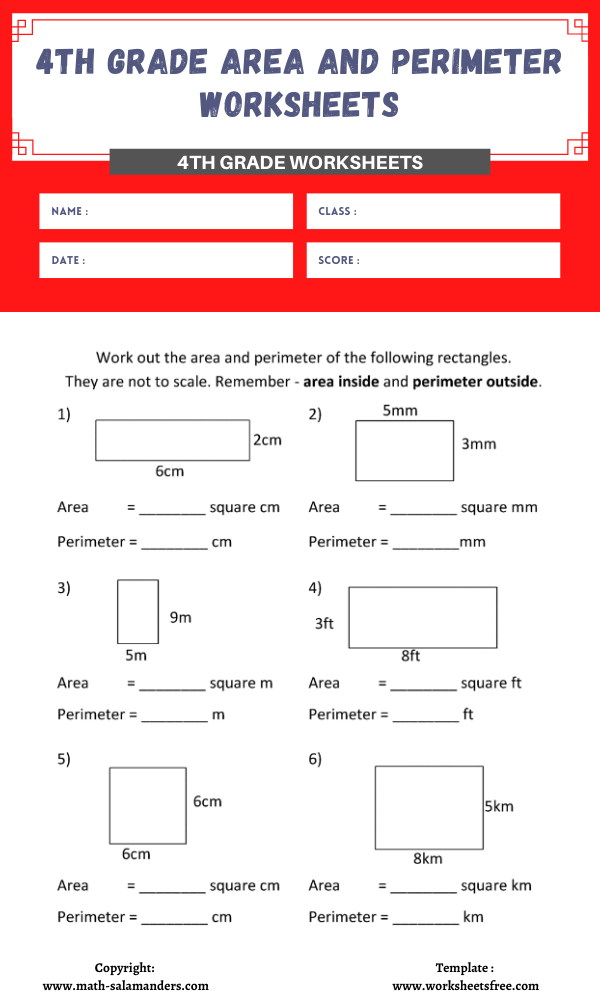
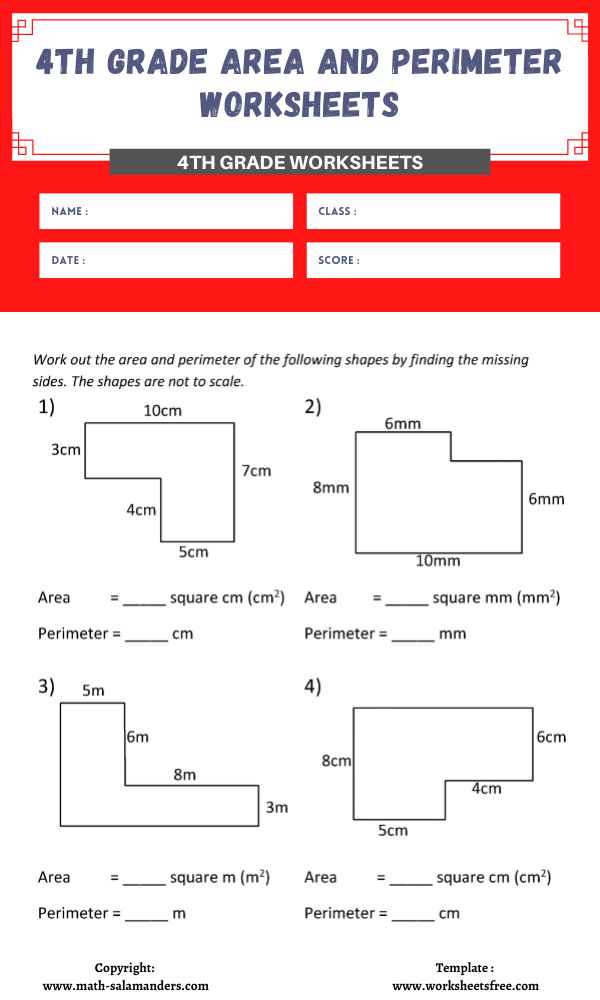
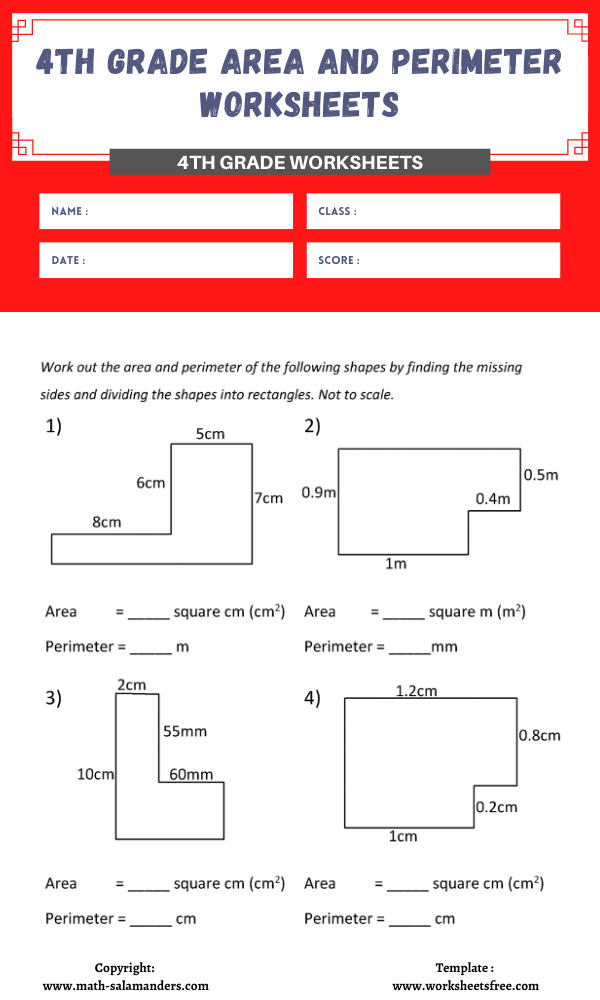
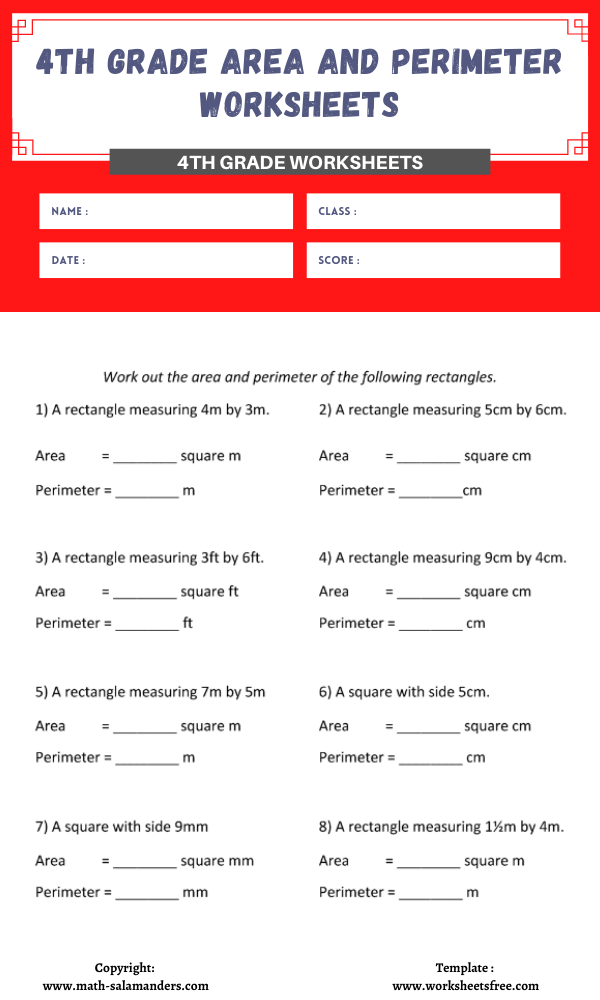
The next worksheet is based on area and perimeter of a rectangle. The questions are based on the area and perimeter of a rectangle and are based on the distributive property. Children must match numbers to the right number sentences in the problem to get the correct answer. They will also be able to map the area of a two-part rectangle on a graph.
